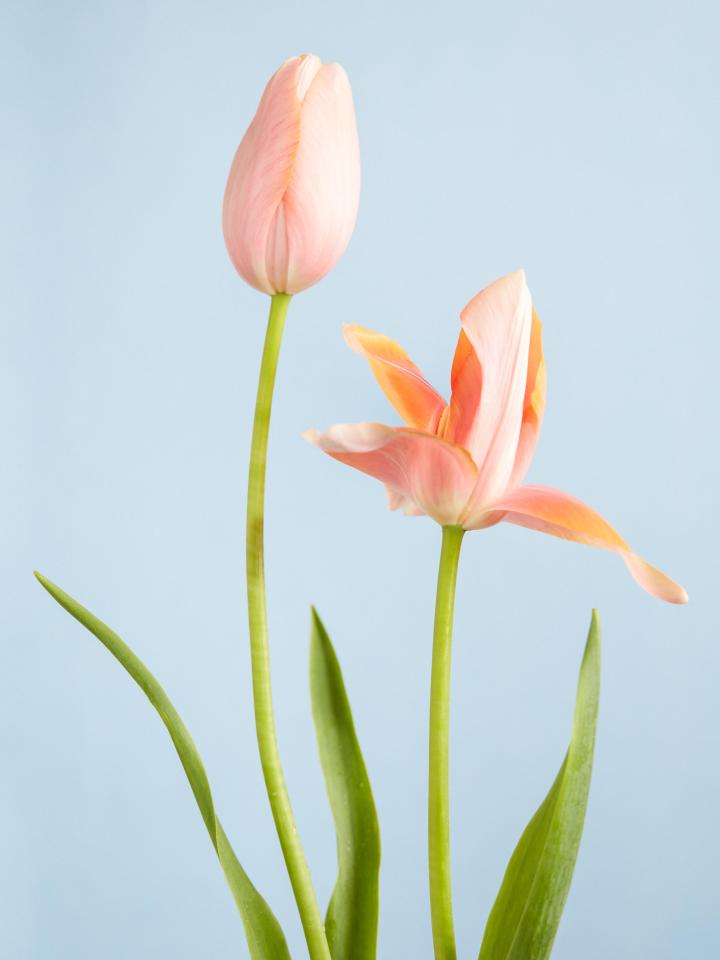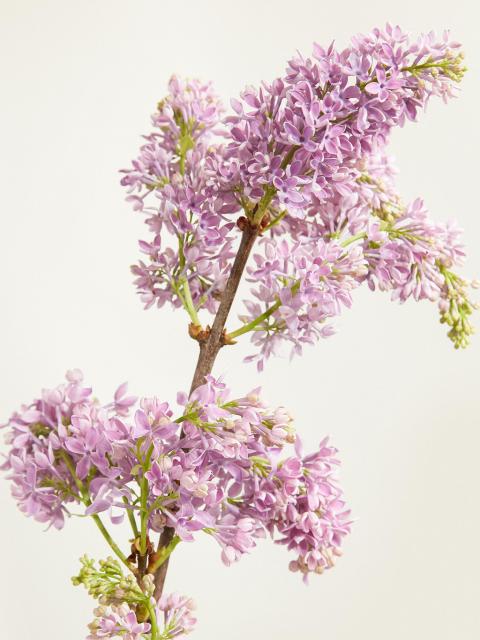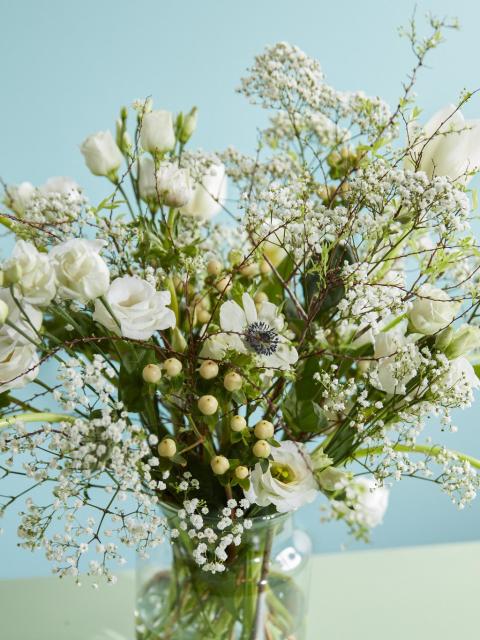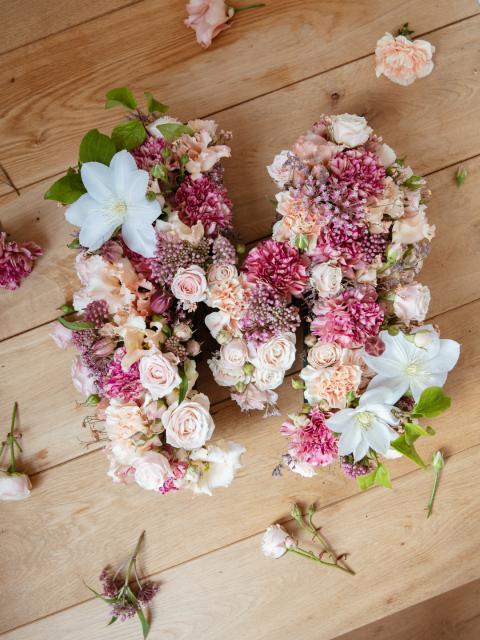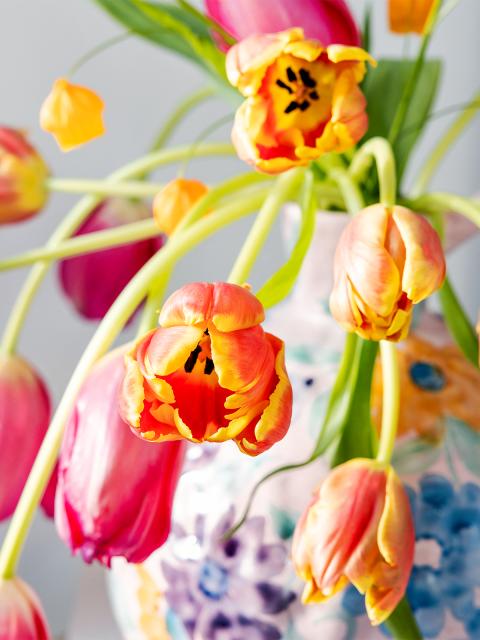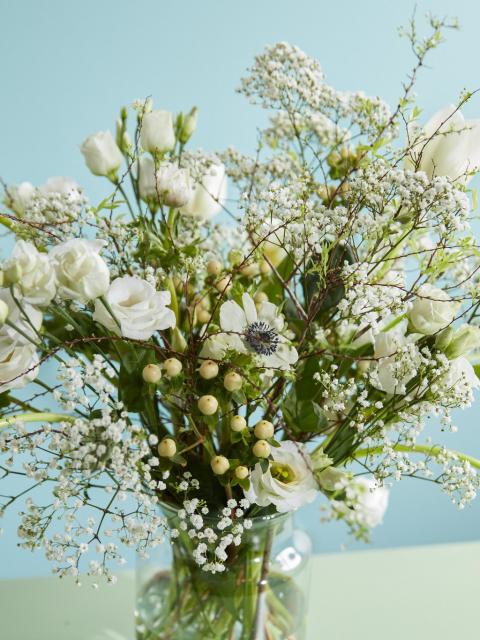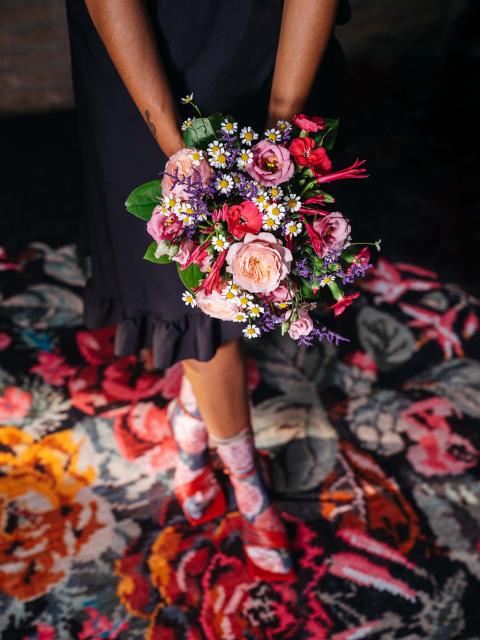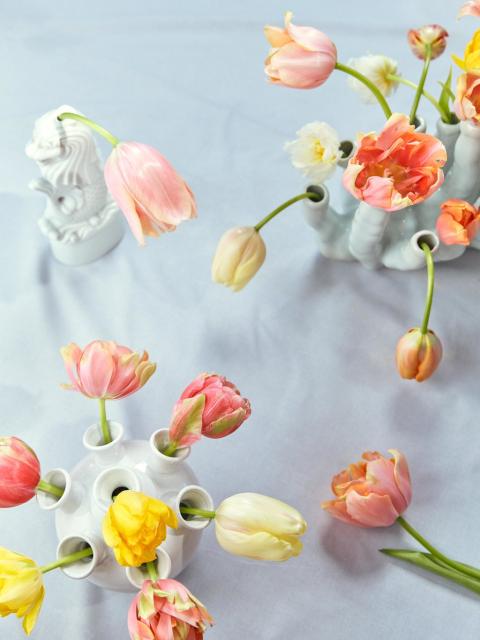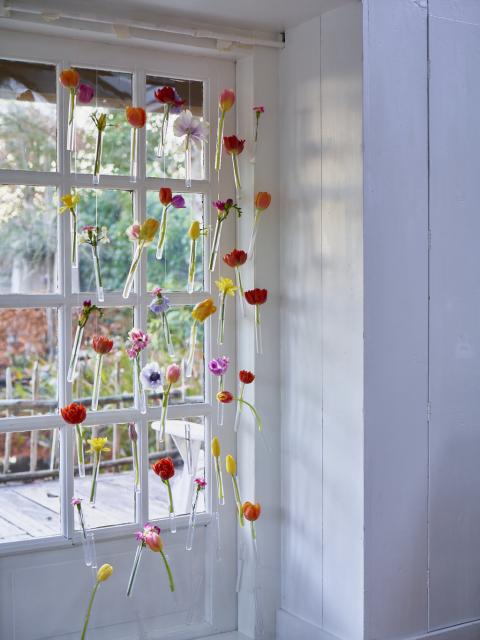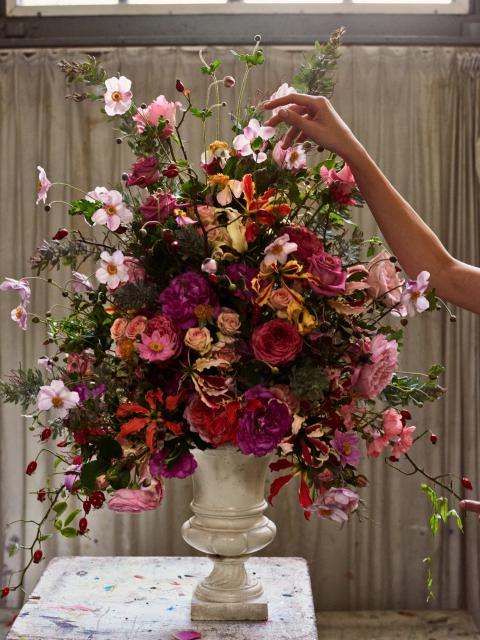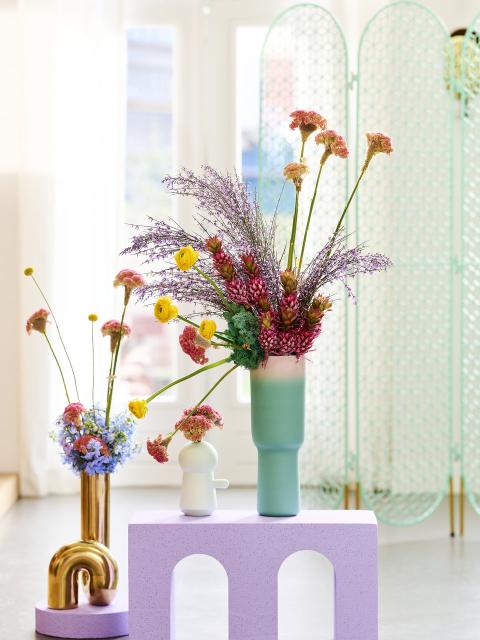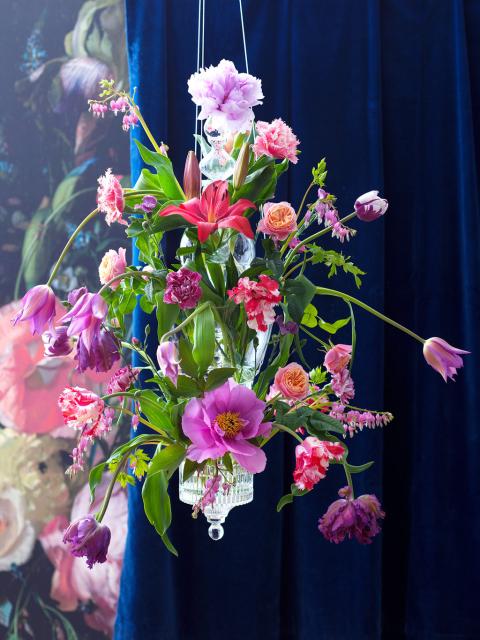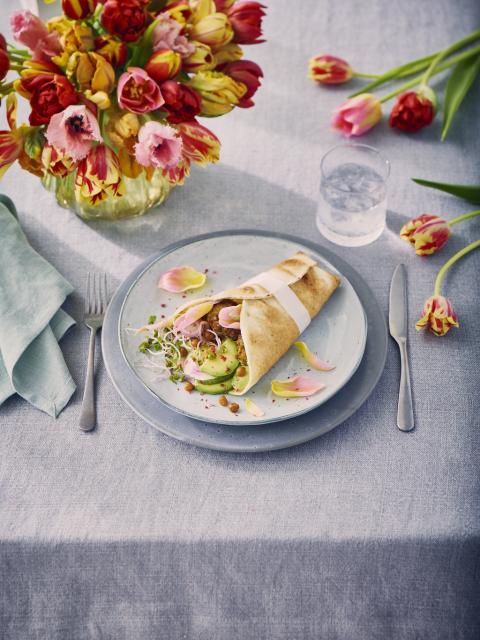WHAT COLOURS AND SHAPES OF TULIPS EXIST?
Tulips are among the most popular cut flowers in the world. The colourful, always cheerful tulip comes in white, red, yellow, pink, purple, orange, green or with multi-coloured petals. The shapes of the tulip are also a feast for the eyes. So you come across them with a single or double row of petals, there are also striking fringed and parakeet tulips with jagged petals and there is the elegant lily tulip. Peony tulips resemble sister peonies and French tulips, unlike most Frenchies, are particularly long and have very large flowers.
CARE TIPS FOR TULIPS
Just picked up a bright bunch of tulips at your local florist's? Then of course you want to enjoy them for as long as possible. Check out the tips below and find out how to keep tulips looking beautiful in your vase for as long as you can.
- First, wrap the tulips in paper or foil so they stand upright in your vase, and leave them for an hour. The tulip stems will fill with water and straighten themselves out, so to speak.
- Cut the stems at an angle with a clean, sharp knife or pruning shears.
- Choose a clean vase that is tall enough: tulips can still grow several centimetres once cut.
- Put a copper coin (e.g. such as a 1p or 2p) in your vase; this will make tulips stay straighter and fresher longer.
- Prick a small hole in the stem (just below the flower) with a needle. This inhibits the tulip's growth slightly, making the flower less likely to droop.
- Fill the vase room temperature tap water.
- Add cut flower food to the water for a longer shelf life of your flowers.
- Place the vase in a cool, non-sunny position well away from the fruit bowl.
- Tulips drink a lot, so refill the vase regularly with room temperature tap water.
WHEN ARE TULIPS AVAILABLE?
Tulips are mainly available in winter and spring, from around March until May depending on how warm or cool the weather is each year. Thanks to special nurseries, tulips are also now available all year round.
what's the symbolism of tulips and what do they mean?
If you gave someone a tulip in the sixteenth century, you were giving them a fortune. At that time the flower was incredibly popular and a speculative trade in tulip bulbs developed. You could buy a whole canalside house in Amsterdam for the price of one tulip bulb in those days. A nice bunch of tulips now costs just a couple of pounds, but the symbolism has gained in value. If you give tulips, you are also giving a cheerful, positive message. Tulips are also seen as a symbol of new beginnings and freshness, as they bloom in winter and early spring.
READING THE RAINBOW: THE MEANINGS OF DIFFERENT TULIP COLOURS
Just as a red rose has a different meaning from a yellow one, different meanings are assigned to each different colours of tulip.
- Red tulips: red tulips symbolise true love and passion. This makes them a perfect gift for a loved one.
- White tulips: white tulips symbolise purity, new beginnings and forgiveness. They are an ideal gift if you want to apologise to someone or show your sincere intentions.
- Yellow tulips: yellow tulips symbolise cheerfulness and appreciation. A perfect gift to cheer someone up or express your appreciation.
- Orange tulips: orange tulips represent enthusiasm. You give orange tulips when you are happy for a person, for example at a milestone such as a new job.
- Pink tulips: pink tulips represent beauty, happiness and tender love. A perfect gift for your mother, grandmother or other caregiver you love.
- Purple tulips: purple tulips represent dignity, spirituality and the balance between life and death. They are also regularly used in times of mourning.
WHERE DO TULIPS ORIGINALLY COME FROM?
Tulips can be found growing wild from north Africa and southern Europe across to north-west China. The greatest diversity can be found in three mountain ranges in central Asia: the Pamirs, the Tian Shan and the Hindu Kush. With cold winters, long springs with cold nights and a dry summer, the climate here is ideal for tulips. Tulips need a cold night and a cold winter in order to be able to grow, which is why they can’t be cultivated in a warm climate. Today, tulips are grown all over the world and are a popular winter and spring flower.
THE TULIP AS A NATIONAL SYMBOL OF THE NETHERLANDS
In the 16th century, the tulip was brought to Europe and especially to the Netherlands. There, in the 17th century, the flower grew to become an important symbol and beloved part of Dutch culture. The Netherlands is known as one of the largest producers and exporters of tulips. It's is an ideal country for tulip cultivation due to several factors:
- Its temperate maritime climate (mild weather, with not-too-extreme temperatures) is perfect for tulips.
- The Netherlands has fertile, well-drained soils on which tulip bulbs thrive.
- Thanks to its long history of tulip cultivation (from the 16th century onwards), the Netherlands has built up a lot of knowledge and experience in selecting, growing and breeding tulips.
- The Netherlands are known for advanced breeding techniques, as a result of which new varieties of tulips are constantly developed.
- The Dutch flower bulb industry is highly professional, and a major player in the world market. This contributes to the high quality of Dutch tulips.
- Tourism around Keukenhof, one of the world's largest flower gardens with many tulip fields, contributes to the worldwide fame of Dutch tulips.

